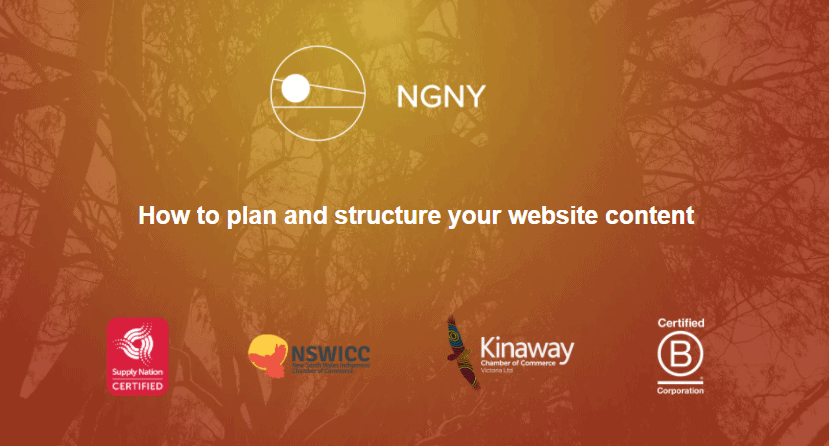
The connection between design and copy and how it catapults engagement on its users must be a top priority of a website owner. As content development continues to evolve so is your website. It must be able to thrive and adapt, not boxed with the conventional. There are a lot of tools which you can use to get started. Planning and structuring a website content entail viewing the bigger picture, hence any piecemeal approach would certainly not lead to good long-term results. In this article, we will be sharing tips on how to properly plan and structure website content.
- Understanding your audience. This is the primary consideration before any content planning. To whom is your content intended for. The type of client and site determine the kind of content that will be produced. A helpful tip for this step is to always put yourself in the shoes of the client’s and the user’s. Your content must be able to provide the user’s needs and it is incumbent upon you to understand how to communicate your goals’ in an appealing and informative way.
- Using sitemaps. The use of sitemaps are underrated in website building considering the wonders it will do to your website as they define the logical relationships between all of the content in your site vis-a vis the navigation of your site. It helps create an insight as to the where, when and whys regarding the placement of your content.
- Prioritise content. Know what works and what doesn’t. Research relevant topics which you could develop on as an article or a blog. Remember, content is more than website copy. Aside from updating and maintaining content, this schedule includes the generation of blog posts and social media posts and engagements. It’s a plan of action, an assessment of your content challenge.
- Devise a content inventory. A content inventory is a great way of studying the scope and purpose of each page on the site. A useful tool for establishing what already exists, the inventory acts as a means of deconstructing every morsel of content. Elements to be recorded include: Title, URL, File format, meta description, meta keywords, categories and tags. The good thing about keeping an inventory is it allows you to make sense of your past and present content which ultimately drives you to craft better content in the future. You can assess the relevance and timeliness of your content.
- Do content mapping in developing and working out what content should make it through your website. Not only does this provide you a framework of answers but also an assurance that your content is responsive to your audience in terms of the information they need. You have to visualize how effective and impactful your content is. Important considerations include:
- Is your content clear and concise)
- Is it responsive to questions?
- Can it easily be comprehended by your audience?
- Is your content arranged and fashioned in the simplest, most logical way?
- Does your content align with your business purpose and objectives?
Always bear in mind that content maps are also dynamic and you don’t have to be too rigid in designing it. In fact, you are free to alter and modify your map to suit your business preferences and doability.
- Establish a content schedule or communication plan. This will save you a lot of time and effort as this will map out future content and aims to streamline publishing of posts across your marketing platforms, including your website. It must be comprehensive enough to include what to post, when to post, to whom (target audience) and where it should be posted. Helpful tools to get you started in this step are Google Calendar and Gather Content which aid you in outlining and organizing content milestones. Be aware of shareability and repeating yourself. Ensure posts and content is diverse and easy to share.
- Be intentional in content planning. Know that no time and effort is ever wasted in planning and structuring your website content. Incorporate this in your major operational processes as this is one of the smartest investments before launching your website more so in maintaining your website. Just as this is not a linear process, it is equally important for you to be flexible, bridging gaps and improving the way you communicate with your audience while at the same time making your brand purpose known.




